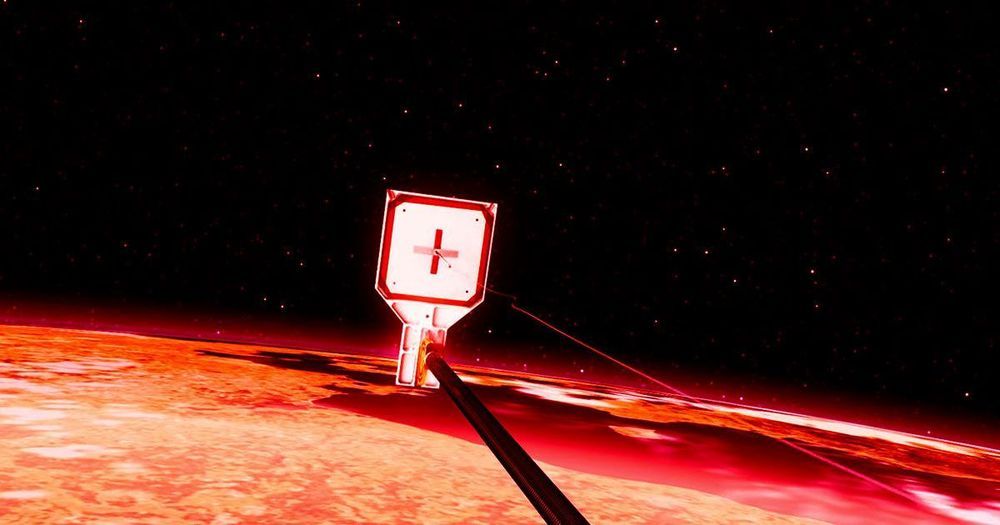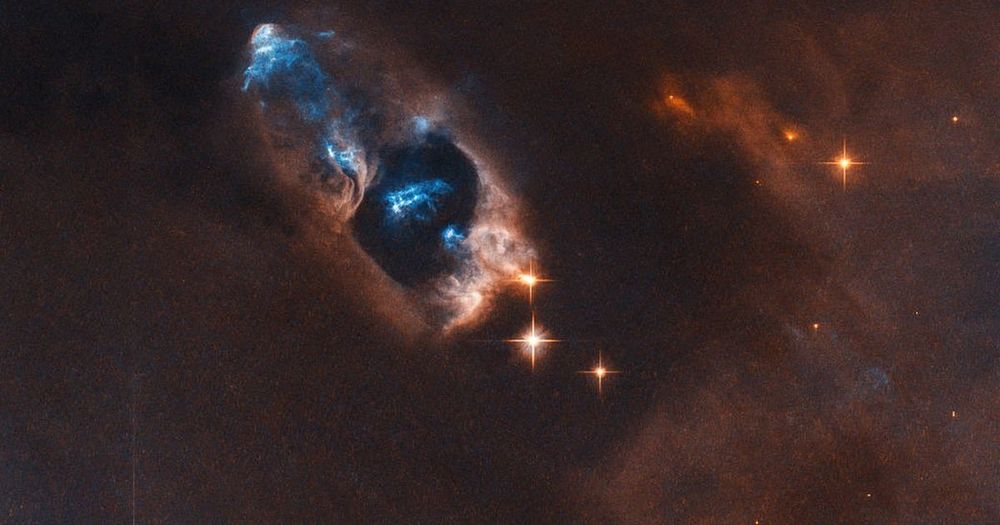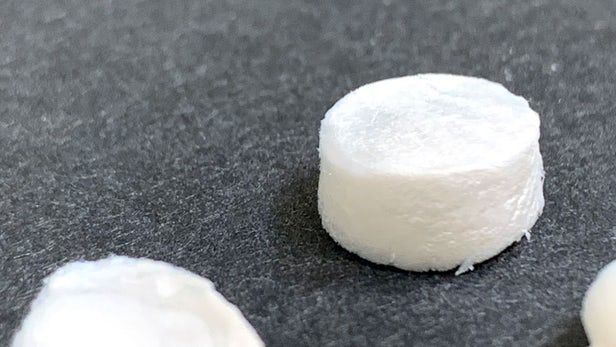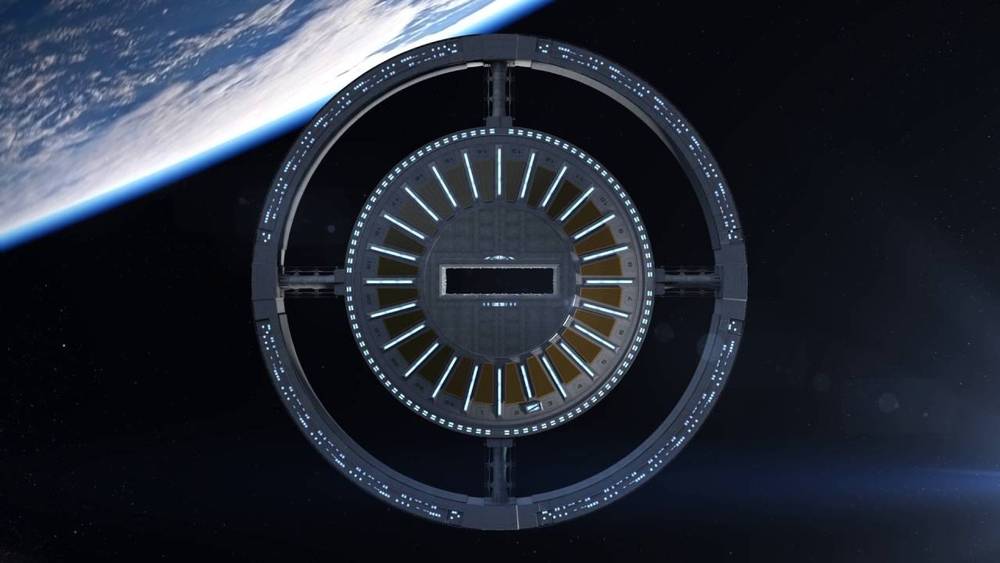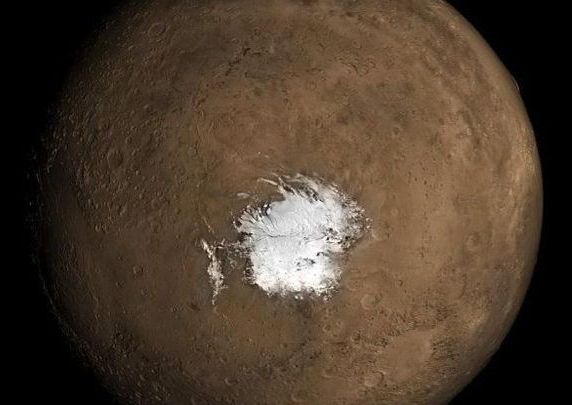The test is actually the RemoveDEBRIS satellite’s second trick: in September, it successfully deployed a spider-like web that was meant to grab space junk out of the sky.
The team at the University of Surrey is now preparing for its third and final test: RemoveDEBRIS will inflate a sail that will slowly drag it into Earth’s atmosphere where it will burn up and be destroyed.
READ MORE: Space junk harpooned like whale in orbit-cleanup test [Associated Press].
